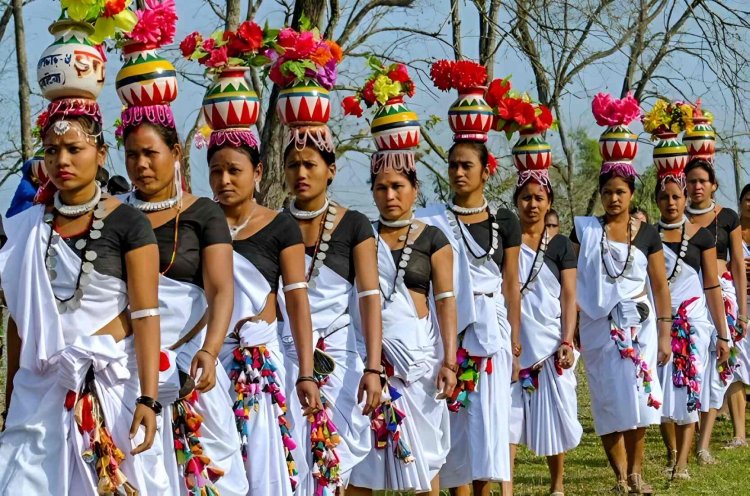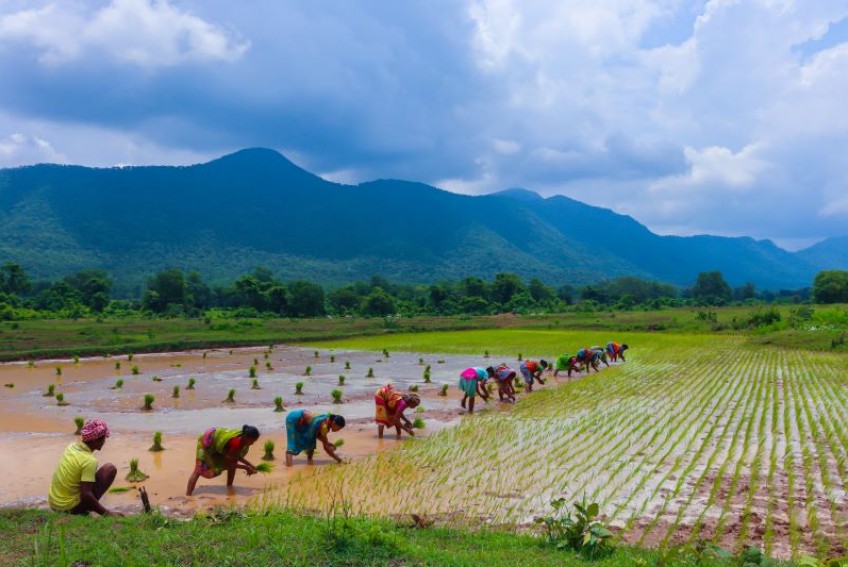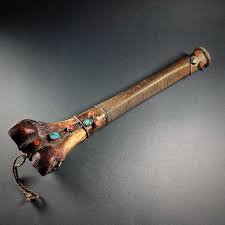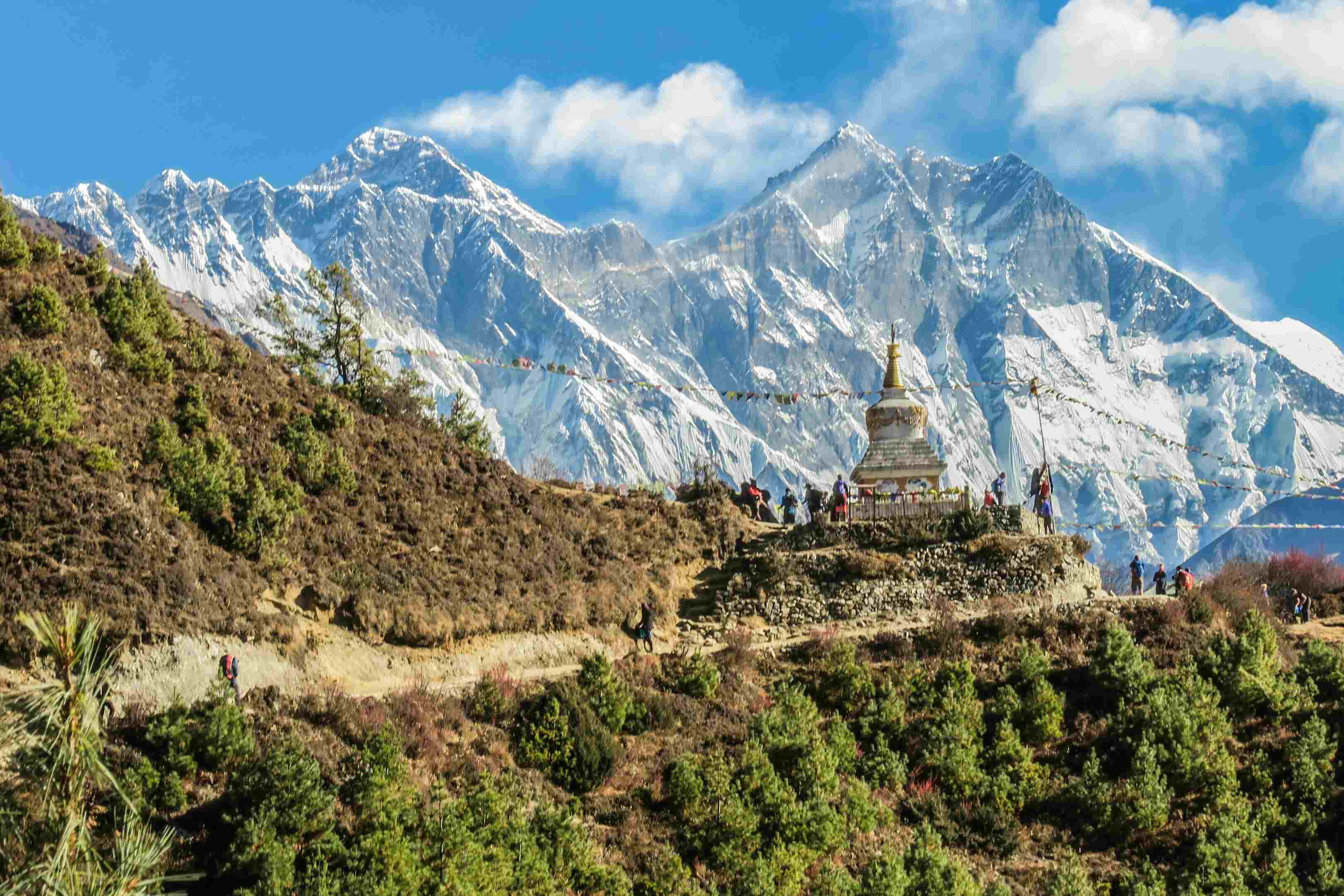Share this Article
Nepal, a country rich in culture, history, and diversity, boasts a long-standing tradition of oral storytelling that has been passed down through generations. From the Himalayan mountains to the Terai plains, oral narratives have played an essential role in preserving history, mythology, values, and beliefs. The tradition of storytelling in Nepal is not just a form of entertainment; it is a way of educating, connecting, and unifying communities, bridging the gap between the past and the present.
In this article, we will explore the roots of oral storytelling in Nepal, its various forms, the role it plays in Nepali society, and how it continues to thrive in a rapidly modernizing world.
Historical Roots of Oral Storytelling in Nepal
The tradition of oral storytelling in Nepal has deep historical and cultural roots, with stories tracing back thousands of years. Much of Nepal's early history, especially that of the Hindu and Buddhist kingdoms, was passed on orally, as literacy rates were low and written records were scarce. These stories were passed from one generation to the next, often during significant life events, ceremonies, or communal gatherings.
- Mythology and Religion: Many of Nepal’s oral traditions are grounded in Hindu and Buddhist beliefs. The stories of gods, goddesses, and saints from the Ramayana, Mahabharata, and Puranas are told through oral narratives in various forms. The famous Mahabharata and Ramayana are recited and dramatized through local variations, especially in Nepali villages. These stories often serve as a moral compass, providing guidance on virtue, duty, loyalty, and spirituality.
- Historical Narratives: Oral storytelling in Nepal also serves to preserve the historical past. The tales of past kings, warriors, and revolutions were passed down orally, especially in societies where written records were difficult to maintain. Stories of King Prithvi Narayan Shah and the unification of Nepal, as well as the struggles during the Malla period, have been preserved through oral narratives and are still popular today.
- Folklore and Legends: Nepal’s diverse geography and ethnicity have given rise to various local myths, legends, and folktales. For example, Gorkhas have their own stories of brave warriors, while people in the Terai have stories tied to the Hindu pantheon. Different ethnic groups such as the Newars, Tharus, Tamang, and Magars all have their own rich storytelling traditions.
Forms of Oral Storytelling
Oral storytelling in Nepal comes in many forms, each with its own unique style and medium. Whether it is performed for a small group around a fire, shared during festivals, or woven into songs and music, each form of storytelling is an essential part of the cultural fabric.
- Jatras and Festivals: One of the most prominent venues for oral storytelling is during Jatras (traditional processions) and festivals. In the bustling streets of Kathmandu or the rural areas, storytellers (called Kavya, Kavi, or Bodha) often narrate legends and religious tales in front of large crowds. These stories are infused with humor, drama, and music, keeping the audience engaged while educating them about moral values and cultural heritage.
- Katha and Purana: Another important form of storytelling in Nepal is the recitation of sacred texts like Katha and Purana. These are epic stories, often focused on Hindu deities like Lord Shiva, Vishnu, and Durga, or Buddhist teachings and the lives of saints. These stories are typically performed in temples or during religious gatherings. The Buddhist tradition, too, has its own stories and teachings, narrated by Lamas and monks.
- Songs and Ballads: In the rural parts of Nepal, oral storytelling is often embedded within folk songs and ballads. These stories are passed down through generations as part of community life, with themes revolving around love, farming, family, and the seasons. Folk songs like “Dhimey” and “Balan” are both musical and narrative, telling stories of rural life and local deities.
- Rituals and Ceremonies: Oral storytelling also plays a central role in Nepali rituals and ceremonies. Whether it is a wedding, a funeral, or an initiation, specific stories are shared to mark the occasion and impart important lessons or blessings. For example, Jankrishna (a traditional priest) often narrates stories of gods and ancestors during weddings, invoking protection and blessings for the couple’s future
- Folk Theatre (Ramlila, Bhanu Aja): Traditional folk theatre is another medium of oral storytelling, with performers dramatizing well-known epics, religious tales, and legends. Ramlila is one such folk drama based on the Ramayana, often performed during festivals like Dashain. Similarly, Bhanu Aja performances are popular in the Newar community, where the Mahabharata and other mythological stories are enacted.
- Storytelling through Art and Dance: In addition to verbal narration, Nepali storytelling is also expressed through visual art and dance. In the Newar community, traditional dance forms like Lakhe (demon dance) and Krishna Ashtami dances depict stories from mythology. These art forms, combined with music and rhythmic storytelling, provide another layer of cultural storytelling.
The Role of Oral Storytelling in Nepali Society
Oral storytelling is far more than a form of entertainment in Nepal; it serves as a bridge that connects generations, communities, and regions. The stories that are passed down are not merely for amusement, but they help to reinforce important aspects of Nepali identity, moral values, religious beliefs, and social structure.
- Preserving Culture and Identity: For many ethnic communities, oral storytelling serves as the primary means of preserving history and cultural identity. In a country as diverse as Nepal, storytelling helps maintain local traditions, languages, and customs that might otherwise be lost. It ensures that the younger generation remains connected to their roots, fostering a deep sense of pride in their cultural heritage.
- Educating and Imparting Wisdom: Oral storytelling is a tool for educating the public, particularly in rural areas where formal education may be limited. Through stories, people learn life lessons, moral values, and social norms. Children, in particular, are taught important concepts such as respect, honesty, and family values through these narratives.
- Building Community and Connection: Storytelling fosters a sense of community by bringing people together in public gatherings, festivals, and family events. It encourages intergenerational bonding, as older generations share their knowledge and experiences with the youth. These shared narratives help create a sense of unity and belonging among community members.
- Spiritual Connection: For many people in Nepal, oral storytelling is an integral part of their spiritual life. Stories of gods, saints, and sages are told in temples and religious gatherings to inspire devotion, create a sense of the divine presence, and connect believers to their faith. These stories also provide comfort, wisdom, and guidance during times of hardship.
Oral Storytelling in the Modern Age
With the advent of technology and the rise of mass media, the tradition of oral storytelling in Nepal faces both challenges and opportunities. While it remains deeply embedded in rural and religious life, the younger generation, particularly in urban areas, is increasingly drawn to digital forms of entertainment, leading to a decline in traditional storytelling.
However, many efforts are being made to revitalize and preserve this rich tradition. Through documentaries, workshops, literature, and social media, younger artists and storytellers are experimenting with new formats, blending traditional stories with modern storytelling techniques. Platforms like YouTube and podcasts have given storytellers a global audience, helping to keep the oral tradition alive and relevant in the modern world.
Conclusion
The tradition of oral storytelling in Nepal is a vital and enduring part of the nation’s cultural heritage. It is a dynamic and evolving tradition, woven with history, religion, social values, and artistic expression. Through storytelling, the people of Nepal not only share their stories but also pass down the knowledge, wisdom, and traditions that have shaped their lives for centuries.
As the world becomes increasingly globalized, the challenge lies in ensuring that this ancient tradition continues to thrive, connecting the past with the present and ensuring that the voices of the ancestors are never lost in the sands of time.
Categories:
Culture & Traditions
,
History & Heritage
,
Lifestyle & Local Life
Tags:
Local Life







